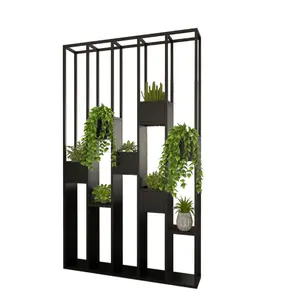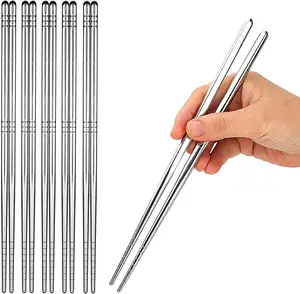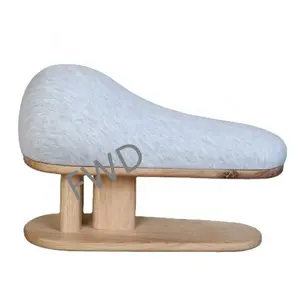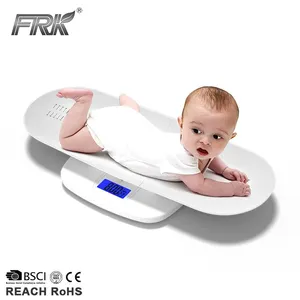Popular in your industry
























































































































































































































Top categories
เกี่ยวกับ concrete flower pot
Introduction
Gardening is an art, and like any artist, a gardener needs the right tools and materials to create a masterpiece. One such material that has been gaining popularity in recent years is concrete. This article explores the rising trend of concrete flower pots, their benefits, and how they can transform your garden into an aesthetically pleasing space. We delve into the durability, versatility, and aesthetic appeal of concrete planters, their environmental impact, and how to select the right one for your needs. We also provide insights on incorporating these planters into your garden design for maximum effect.
The Rising Popularity of Concrete Flower Pots
Concrete planters have become increasingly popular for outdoor home decorating. Their neutral color and versatility allow for the creation of geometric forms and pots in free shapes that suit many garden styles. The coarseness and rough surface of concrete planters give them a unique look, blending beautifully with wood, metal, rocks, and bricks. They provide stylish containers for plants and flowers, creating striking contrasts and enhancing outdoor decor. DIY concrete designs offer many different shapes, styles, and sizes for decorating with flowers and plants.
Why Choose Concrete Flower Pots?
Concrete flower pots are a durable, versatile, and aesthetically pleasing choice for your garden. Their heavy nature ensures they can withstand elements such as wind or rain, protecting your plants from being uprooted. Concrete's uniform color maintains visual appeal even if chipped or damaged. The material's density promotes insulation, keeping the soil warm during cold weather. For larger plants, concrete pots are ideal due to their weight and volume, providing ample room for root growth. These pots can enhance your garden's size and create an elegant atmosphere.
Durability and Versatility
Concrete flower pots are a testament to durability and versatility. Their weight makes them resistant to elements like wind and rain, ensuring your plants remain secure. Despite their heft, they're not completely immovable, striking a balance between stability and flexibility. Concrete's uniform color also means that even if chipped or damaged, the aesthetic appeal remains intact. Furthermore, their insulating properties help keep the soil warm during colder weather, benefiting plant health. For larger plants, concrete pots provide ample space for root growth, demonstrating their versatility.
Aesthetic Appeal
Concrete flower pots available on Alibaba.com are perfect examples of aesthetic appeal. Their streamlined, curved designs are both striking and functional, offering a multitude of planting solutions. Available in various natural colors, they also feature a choice of contemporary designs to complement natural landscapes and architectural environments. More than just sleek concrete plant pots, these are contemporary lifestyle items designed to impress. Their stylish functionality and on-trend colors make them a sensational statement piece, whether used singularly or as a set.
Environmental Impact
Concrete planters are long-lasting and environmentally friendly investments. Concrete is heavy and able to withstand elements such as wind or rain, making it a durable choice. In addition, because concrete’s color is uniform, your planter won’t be any less visually appealing in the event of it ever getting chipped or damaged. The density of concrete promotes insulation and will keep the soil surrounding your plants warm during cold weather. Thick walls create a barrier to prevent water leakage from planters, which would cause damage to your home, patio, or planter itself.
How to Select the Right Concrete Flower Pots
Selecting the right concrete flower pot requires careful consideration of material, shape, color, and cost. Large pots, in particular, need to support the plant's growth and take up space. They are often heavy, making them difficult to move. If mobility is a concern, consider high-quality plastic pots that are durable, lightweight, and suitable for large indoor plants. The pot's size should also match the plant's needs for soil and nutrients. For aesthetic harmony, pair low plants with tall pots and vice versa.
Size and Shape Considerations
Choosing large concrete pots should be carefully considered in terms of material, shape, and cost. Large trees require pots that can support their growth. Large potted plants also take up space, so choosing the right pot needs attention. Potted plants influence the growth and development of plants as they determine the amount of soil and nutrients provided. Depending on the type of tree, their needs for the right amount of soil are different. For low plants, choose a tall pot, and for tall trees, a low pot will be more appropriate. This creates harmony and balance for the combination of pots and plants.
Color and Texture Choices
When it comes to color and texture choices for concrete flower pots, the possibilities are endless. You can experiment with different shades and finishes to achieve the desired look. For instance, the DIY Large Fluted Cement Planters tutorial uses untinted microcement that dries off-white, but a splash of blank latex paint was added to achieve a light gray cement color. Furthermore, the texture was enhanced by applying the microcement with a brush and putty knife, and then lightly sanding the planter. Lastly, a speckled effect was created using diluted black and white paint, giving the planter a stone-like appearance.
Drainage and Weight Factors
Drainage is a crucial factor to consider when choosing concrete flower pots. Poorly draining planters can lead to expensive and time-consuming issues. For free-standing planters, it's advisable to use multiple overlapped liners instead of one large liner. This reduces the risk of failure and makes it easier to manage. Also, consider the drain size and location to prevent blockages. Advanced drainage solutions and technology-enhanced filtration can also be beneficial. Remember, the right soil mixture plays a significant role in ensuring proper drainage.
Incorporating Concrete Flower Pots into Your Garden Design
Concrete planters are an excellent way to create striking contrasts and enhance your garden design. Their neutral color allows designing geometric forms and pots in free shapes that suit many garden styles. You can choose to make classic, geometric, modern, and creative planters for your beautiful flowers or small plants. You can paint them, decorate them with natural rope, tiles, seashells, or rocks. However, concrete planters are heavy. You need to choose a location to make a container and place it somewhere before pouring down the soil for flowers. It is nearly impossible to move large pots later.
Creating Focal Points
A well-placed concrete flower pot can serve as a spectacular focal point in your garden. It can transform a monotonous patio into a botanical show, or make a simple border settle into perfection. It can also be used to lift the eye, making a colorful planting command attention. A concrete pot can also be used to make the best of an eyesore, contrasting and echoing shapes in your garden. Finally, a concrete flower pot can create a centerpiece, especially when designed to be beautiful from all sides.
Grouping and Spacing
Concrete planters, with their raw and trendy feel, can be grouped and spaced in various ways to enhance your garden's aesthetic appeal. Whether you're creating a tablescape, a vignette, or arranging them on your deck with other planters, these DIY concrete pots add a modern, Scandinavian-inspired touch. Their textural nature complements natural elements like wood, stone, or marble, and even metallic pieces for a pop of sparkle. Remember, the beauty of these planters lies in their imperfections, so don't strive for uniformity in your groupings.
Complementing Plant Selection
Concrete flower pots can be an excellent choice for a variety of plants, including those that prefer alkaline soil conditions. Succulents, for instance, thrive in the higher alkalinity of concrete pots. There are also other plants, vegetables, and herbs that do well in concrete pots due to the pH of the soil. However, if you have plants that prefer acidic soil, there are ways to adjust the pH, such as soaking the pot in water or using a sealer. Always consider the specific needs of your plants when selecting a concrete flower pot.
Conclusion
In conclusion, concrete flower pots are more than just containers for your plants. They are durable, versatile, and aesthetically pleasing additions that can enhance the overall appeal of your garden. Their unique characteristics, such as their ability to withstand harsh weather conditions and their insulating properties, make them an excellent choice for gardeners. Moreover, their neutral color and rough texture allow them to blend seamlessly with various garden styles. When selecting a concrete flower pot, consider factors such as size, shape, color, and drainage. Finally, incorporate them strategically into your garden design to create focal points, groupings, and complement your plant selection. With concrete flower pots, you can revamp your garden and create an artistic masterpiece.

























